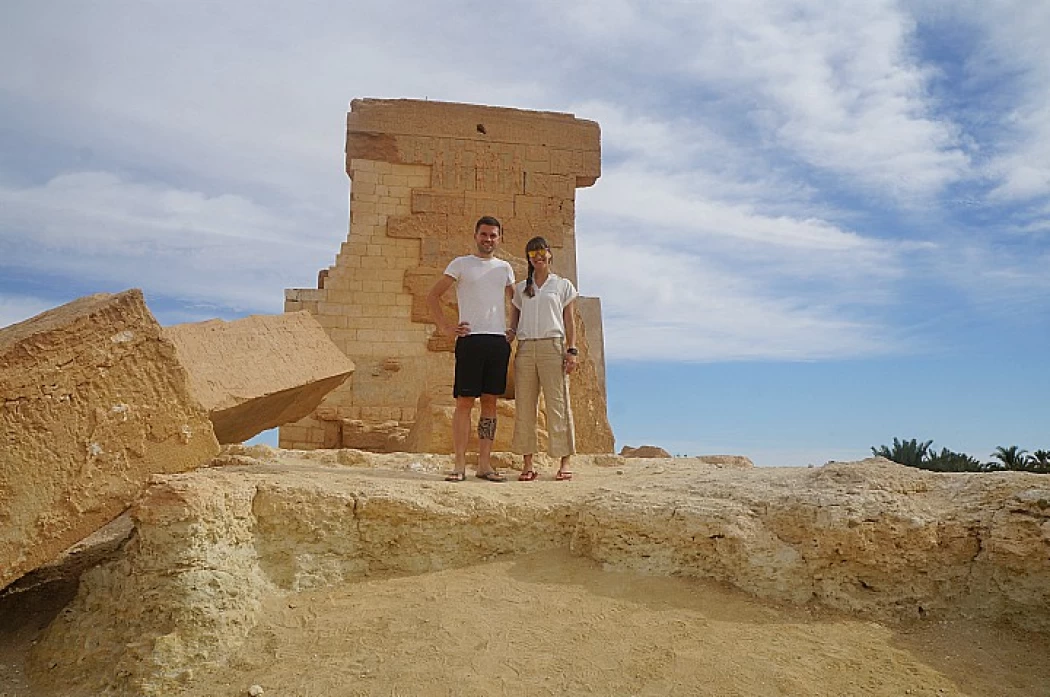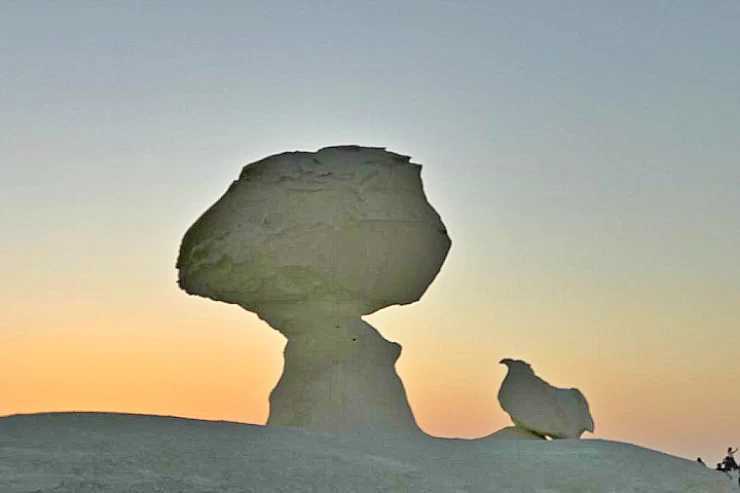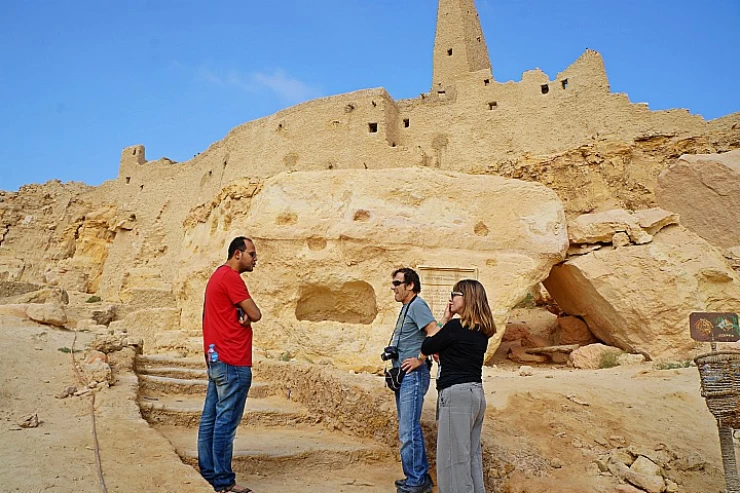
Amun Ra Temple in Siwa | Temple of Um Ubadiaa
The temple of Amun is one of the most prominent sights in Siwa Oasis, the temple is built on a high plateau called the Agurmi Plateau 30 meters above ground level. It gives you a great view when you are on the higher floor of the temple to watch the whole Oasis with its beautiful nature of trees, palms, mountains, and the houses of the Oasis which make it like standing on the top of a tower. The temple was used to have information about the future; therefore, it was called the temple of predictions. The people were consulting the God Amun in the next steps in their lives.
Seize the opportunity and choose your trip to Siwa to discover the secrets of the temple through one of Egypt Classic Packages to enjoy the vibes of the enchanting Oasis. The designation of the temple consists of the main temple, the palace of the ruler or the king, the pavilion of the soldiers, and the holy well used for the cleansing. The temple was very significant according to ancient Egyptian beliefs because it was the main place for consulting the god Amun Ra and making future predictions. The sun rises twice at the temple every year in two different seasons in the year in spring and autumn.
Furthermore, the founder of the temple is Ahmose II, as mentioned in the inscriptions on the temple’s walls. There were two ancient stories in ancient Egyptian history behind the fame of the temple: the first one was when the Persian King Cambyses and his army in 525 sank in the great sand sea after their trial to demolish the temple, and the second one is the visit of the great Alexander to the temple to have predications about important decisions in his life. Egypt Desert Safari tours offer a great opportunity to discover the secrets of ancient civilizations.
Siwa is the westernmost Oasis in the Egyptian desert, only 30 kilometers far from the Libyan borders in the heart of the great sand sea.
The Temple of Amon or also known as the Temple of Umm Ubayd constructed during the 30th dynasty, only a wall decorated with bas-reliefs and a gigantic pile of ruins remains. The temple was built by Nectanebo II.
The Temple of Amun is one of the oldest temples in the world, it is located 4 kilometers east of the current city of Siwa during the reign of the Thirtieth Dynasty by "Nectanebo II"
Unfortunately, one of the high officials 1897 blew the temple up to use its stones to build a staircase for the police station and a house. All that remains are ruins of broken stones and inscriptions in the Greek language, mostly written by travelers in ancient times.
















